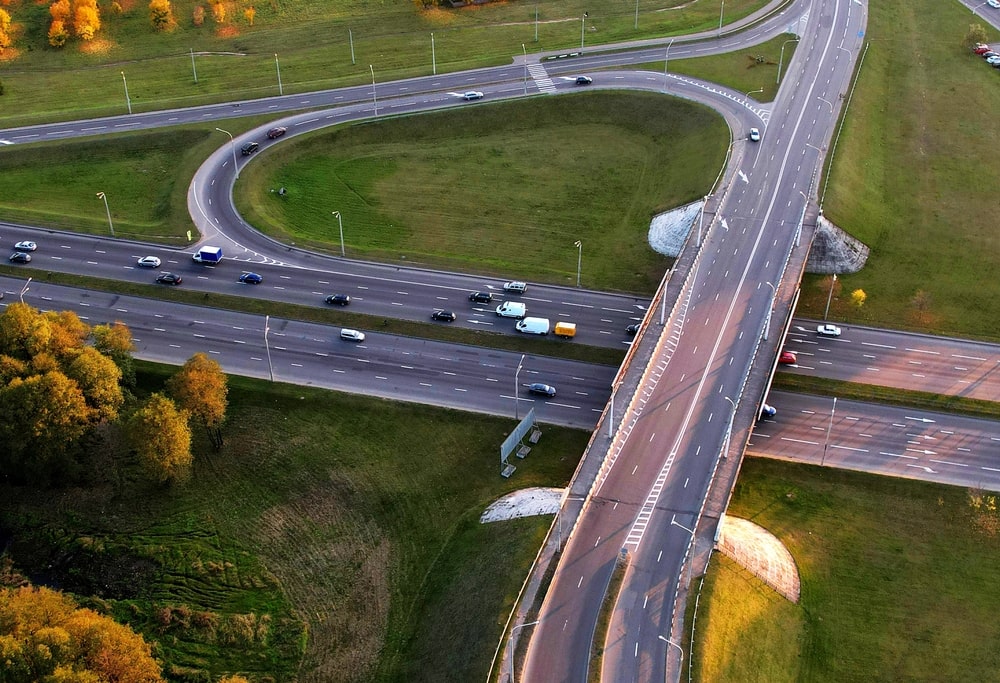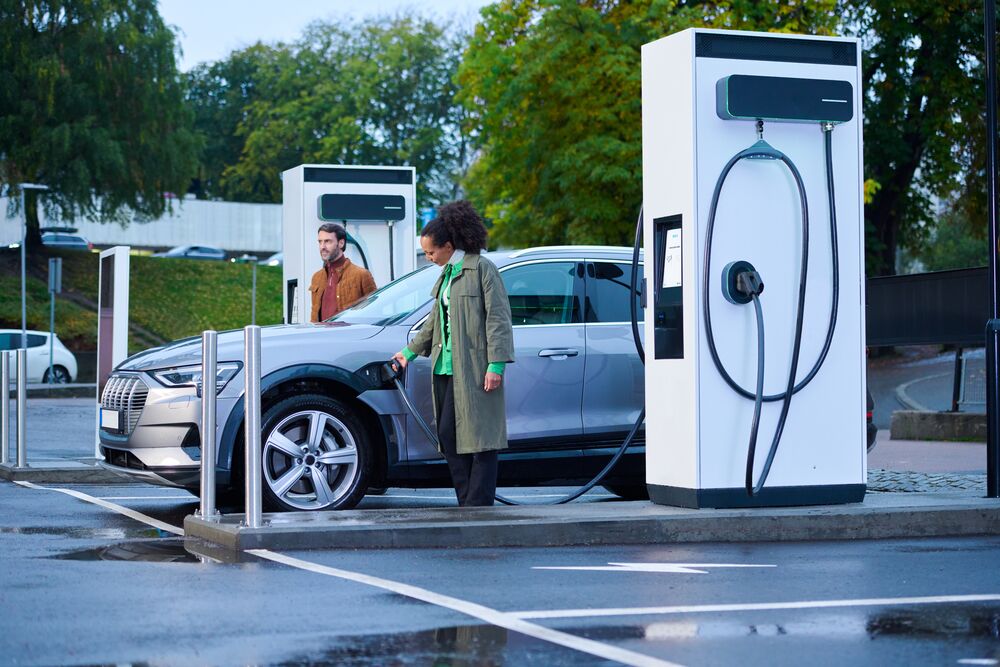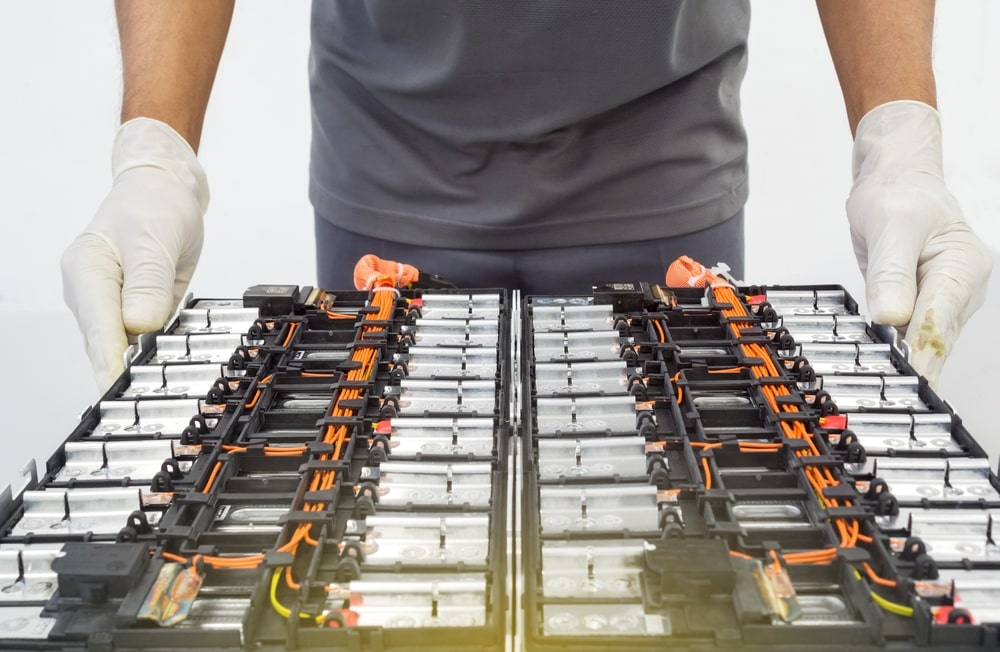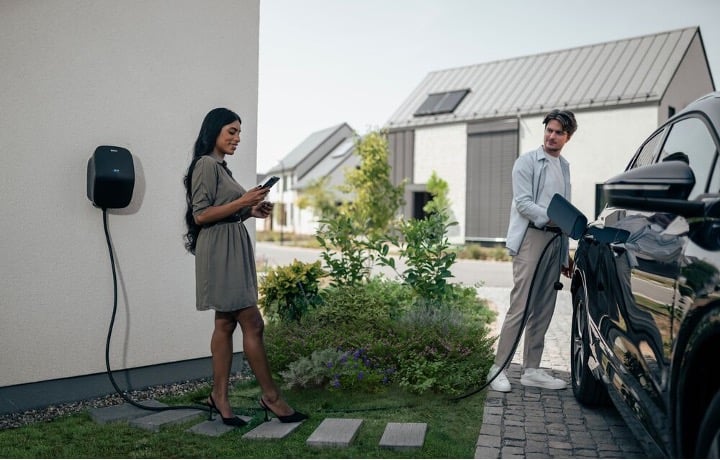
While there is research that shows that frequent fast (DC) charging can somewhat degrade the battery faster than AC charging, the effect on battery heath is very minor. In fact, DC charging only increases battery deterioration by about 0.1 percent on average.
Treating your battery well has more to do with temperature management than anything else, as lithium-ion (Li-ion) batteries are sensitive to high temperatures. Luckily, most modern EVs have built-in temperature management systems to protect the battery, even while fast charging.
EV range anxiety and battery longevity
While electric vehicles (EVs) gain prominence every year, many drivers are still hesitant to adopt them for fear of an unreliable range or concerns about battery longevity.

One common worry is around the impact of fast charging on battery degradation – an understandable concern given that EV manufacturers such as Kia and even Tesla recommend sparing use of fast charging in the detailed spec description of some of their models.
So what exactly is the impact of fast charging on your battery, and will it affect your battery’s health? In this article, we’ll break down how fast charging works and explain whether it is safe to use for your EV.
What is fast charging
Before we try to answer whether fast charging is safe for your EV, we first need to explain what fast charging is in the first place. Fast charging, also known as Level 3 or DC charging, refers to the fastest available charging stations that can charge your EV in minutes instead of hours.

Power outputs vary between charging stations, but DC fast chargers can deliver between 7 and 50 times more power than a regular AC charging station. While this high power is great for quickly topping up an EV, it also generates considerable heat and can put the battery under stress.
The impact of fast charging on electric car batteries
So, what’s the reality about fast charging’s impact on EV battery health?
Some studies, such as Geotabs’ research from 2020, found that over two years, fast charging more than three times a month increased battery degradation by 0.1 percent compared to drivers who never used fast charging.

Another study by the Idaho National Laboratory (INL) tested two pairs of Nissan Leafs, charging them twice daily over a year, with one pair only using regular AC charging while the other exclusively used DC fast charging.
After almost 85,000 kilometers on the road, the pair that was solely charged using fast chargers lost 27 percent of their original capacity, while the pair that used AC charging lost 23 percent of their initial battery capacity.
As both studies show, regular fast charging does decrease battery health more than AC charging, although its impact remains fairly small, especially when considering real-life conditions are less demanding on the battery than these controlled tests.
So, should you be fast charging your EV?
Level 3 charging is a convenient solution for quickly topping up on the go, but in practice, you’re likely to find that regular AC charging adequately meets your day-to-day needs.
In fact, even with the slowest level 2 charging, a medium-sized EV will still be fully charged in under 8 hours, so using fast charging is unlikely to be a daily experience for most people.
Because DC fast chargers are much bulkier, expensive to install, and require a much higher voltage to operate, they can only be found in certain locations, and tend to be considerably more costly to use than AC public charging stations.
The advancements in fast charging
In one of our REVOLUTION Live podcast episodes, FastNed’s Head of Charging Technology, Roland van der Put, highlighted that most modern batteries are designed to be fast charged and have integrated cooling systems to handle the higher power loads from fast charging.
This is important not only for fast charging but also for extreme weather conditions, as your EV battery will suffer from very cold or very warm temperatures. In fact, your EV’s battery operates optimally in a narrow range of temperatures between 25 and 45°C. This system allows your car to keep working and charging in low or high temperatures but might extend charging times if the temperature is outside the optimal range.
Best practices for charging in relation to battery health
It’s undeniable that fast charging remains an essential part of the electric mobility landscape and a crucial tool for practical long-distance travel with EVs. And as we have seen above, occasional fast charging won’t harm your battery or decrease its capacity in any significant way.
Still, there are some best practices to consider when fast charging to ensure its impact on your battery will be as small as possible. For one, you should try to avoid fast charging on extremely hot days, or if you do, try to do it in the shade to prevent overheating the battery.

While you can charge in cold weather without harming the battery, you should expect a slower charging rate and longer charging times as the car’s battery management system (BMS) reduces power to optimize charging and protect the battery.
As a best practice with any Li-ion battery, keeping it between 20 and 80 percent charged is recommended, as extremely low or high states of charge can damage the battery over time. It’s worth charging your EV to 80 percent for day-to-day use and only using a full charge for long-distance trips when it’s necessary.
Batteries age too
Much like us, EV batteries age with time and lose some of their capacity in the process. That said, the lost capacity is negligible, only about 2.3 percent per year, and is unlikely to impact your EV’s daily use – or even be noticeable.
While fast charging can increase the rate at which your battery loses capacity, its actual impact is only about 0.1 percent more capacity lost than without using fast charging.
To find out more about how fast charging works, take a look at our dedicated article.
Related articles

Smart Charging for Solar EV Systems: What is possible today?
There are a variety of smart solutions available, capable of optimizing your solar EV charging system in different...

Can solar EV charging save you money?
Charging your EV using household solar panels can indeed save you money on your utility bills. How much money solar EV...

How to optimize your solar set-up for charging electric cars at home
There are several ways EV drivers can optimize a homegrown solar system to ensure their EV recharging needs are met....